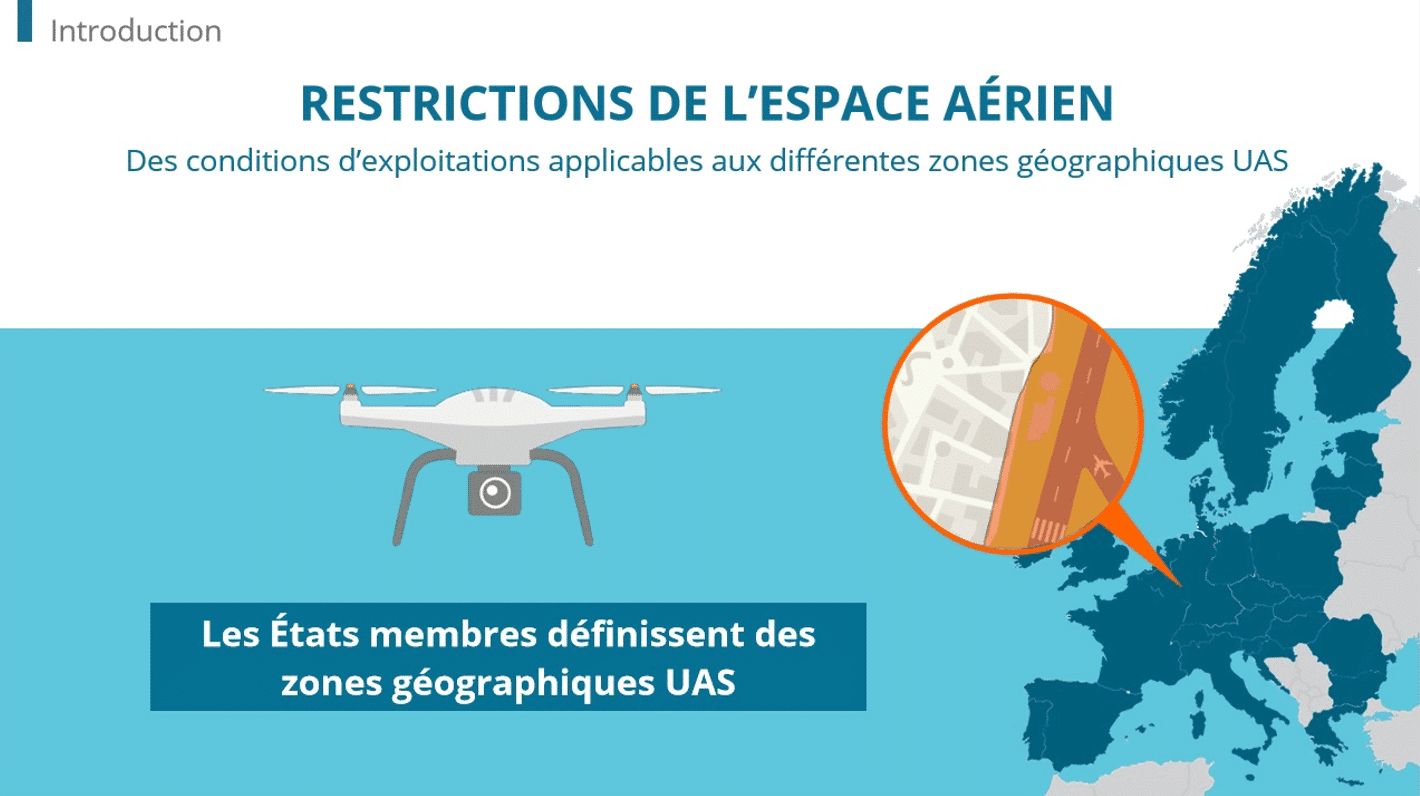Blended learning alternates classroom training with digital training. This diversification of media ensures that learners pay better attention.
For a successful blended learning, imagine that digital learning is a tool to optimise classroom training.
Blended learning strengthens the involvement of learners
For long and difficult courses, alternating distance training (via digital learning) with in-class sessions can breathe life into the programme.
It’s imperative that learners be as motivated as possible. This hybrid method adds flexibility to training modules, which can be adapted to each case.
The best of digital and classroom training
The classroom brings training to life. It allows for live exchanges, where the trainer’s charisma can really make a difference. It stimulates thinking and improves memory.
On the other hand, digital learning has more attractive training materials, which are easier to distribute and share. Communication and interaction is simplified between participants and with the trainer.
Blended learning is based on the idea that a more diversified range of media broadens the range of teaching methods that can be used. The audience grows, as does the interest of employees.
What are the possibilities?
- Allow learners to prepare for classroom training beforehand with a digital module. Given the basics have been reviewed individually before the class, the trainer can immediately enter into specifics and practical cases.
- Evaluate the acquisition of skills by the group following a classroom training. The trainer will review misunderstood points in the next session, adjust the content, etc.
If you’d like to integrate a digital learning solution into your training programme, discover the range of DOKEOS LMS tools.








































